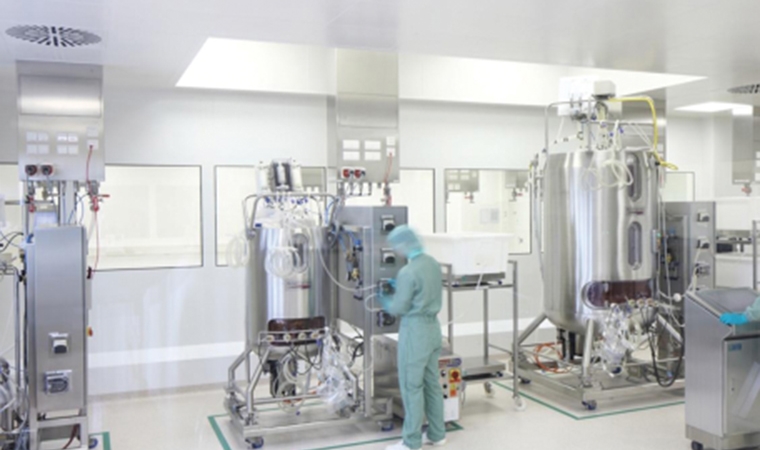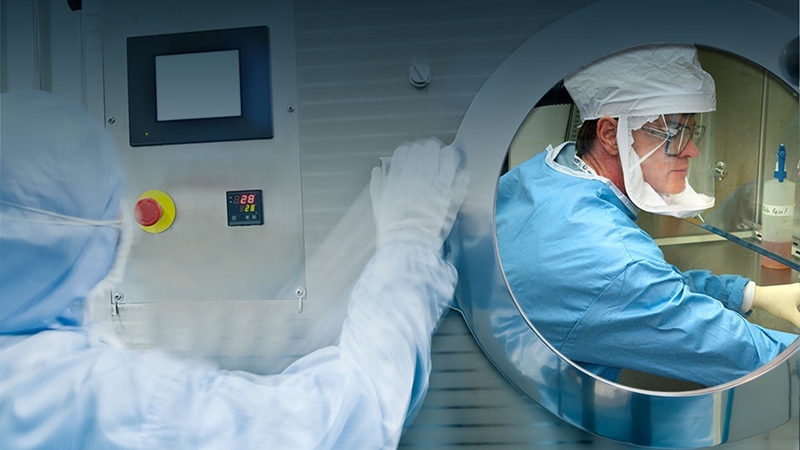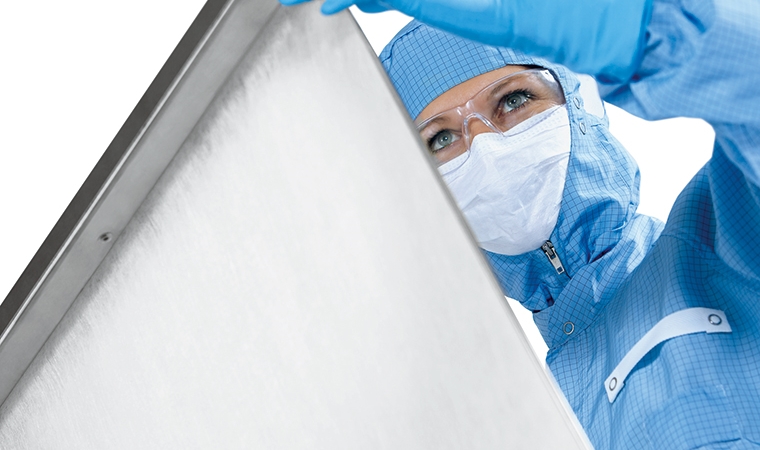Biosafety versus GMP. Conflicting regulatory agendas versus flexible manufacturing. Implementing single-use technology in pharma manufacturing is possible with high containment facilities, but it means satisfying some contradictory requirements.
Pharmaceutical production is experiencing an unprecedented shift in manufacturing. The field is witnessing an increase in multi-product facilities, recombinant products and a modular approach to facility design. Many companies now place emphasis on the core processes and reducing support functions when possible.
However, one trend that has remained steadfast for decades is the urge to produce faster and more efficiently. Technologies like single-use systems have opened doors for small-scale production, and recently the industry began testing the single-use waters with larger scale production – up to 2,000 and even 3,000 L bags. This trend is moving into high containment as well. However, as is the case with new technologies and techniques, there are a number of risks and conflicting agendas to consider before harnessing the many advantages of single-use technology, especially in high containment settings. This is valid for, for example, for vaccine development at pilot scale as well as in full-scale manufacturing facilities
Single-use systems and risk considerations in biocontainment settings
Let’s clear the air around single-use systems: they are not a catch-all for your efficiency and speed-to-market needs. The main risk is leaks, often sparked by transportation and handling. There are other challenges of complexity that could lead to challenges and potentially increased bio-risk:
- Validation of waste of autoclave inactivation of large SU bags
- Solid waste flow and quantity is increased, influence on kill autoclave capacity
- Increase of raw material complexity related to, for example, logistics
- Process rooms may have to be designed and built to act as a primary barrier to mitigate bio-risk in spill situations
- Large volume in plastic bags, influence on room integrity and effluent decontamination system capacity
But high risks can yield high rewards. When analyzed and integrated in a smarter way, be it full, partial or a hybrid of single-use and stainless steel, single-use systems offer a number of evident advantages, all of which remove complexity:
- Cleaning flow of equipment is minimized
- Lower cross-contamination risk
- Faster start-up of production
- Low start-up cost
- Facilitates multi-product manufacturing
- Provides fast batch changeover
Satisfying conflicting agendas
As a rule of thumb, when a manufacturing system or product causes a lower bio-risk at Bio Safety Level 1-2, Good Manufacturing Practice (GMP) normally takes precedence. However, in the event of a higher bio-risk (Bio Safety Level 3-4), such as with high containment single-use systems, biosafety should take precedence. This dichotomy poses one of several possible conflicting agendas to keep in mind when considering single-use technology in biocontainment facilities. Others might include:
- Waste management
- Primary and secondary barrier integrity
- Multiproduct (flexibility / bio-risk)
- Authorities’ experience with single-use in high containment
While single-use technology clearly results in fewer complexities related to production and GMP processes, they add more complexities related to bio-risk. For example, large volume single-use technology in high containment facilities may result in process rooms that are designed to be the primary barrier to mitigate bio-risk, with a potential for adding personnel protection equipment (PPE) requirements. However, with careful planning and an early awareness of the challenges, including polarized regulatory constraints and options for flexibility related to single-use, high containment manufacturing is more than possible with single-use systems.



